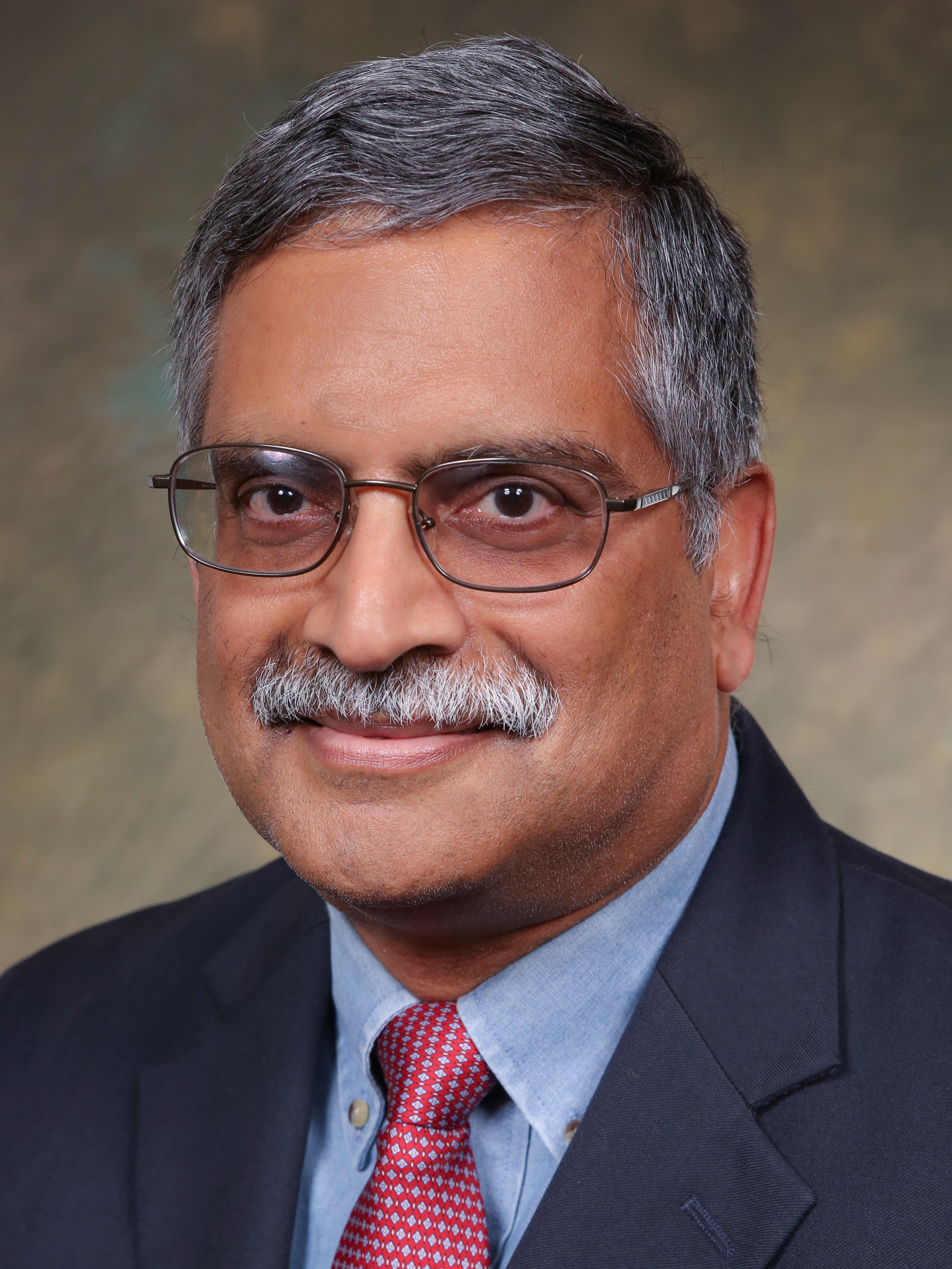

题目:Sorption Technologies for Sustainable Space-Conditioning, Carbon Capture and Thermal Storage
时间:2019年11月6日 13:30
地点:bat365在线中国官网登录入口 高田会议室
邀请人:王如竹 教授(制冷与低温工程研究所)
Biography
Dr. Srinivas Garimella is the Hightower Chair in Engineering and Director of the Sustain able Thermal Systems Laboratory at Georgia Institute of Technology. He received M. S. and Ph.D. degrees from The Ohio State University, and a Bachelor's degree from the Indian Institute of Technology, Kanpur. He has held prior positions as Research Scientist at Battelle Memorial Institute, Senior Engineer at General Motors Corp., and Associate Professor at Western Michigan University and Iowa State University. He is a Fellow of the ASME, past Associate Editor of the ASME J. Heat Transfer, and Editor of the Int. J. Air-conditioning and Refrigeration. He has also served as Associate Editor of the ASME J Energy Resources Technology, and Past Chair of the Advanced Energy Systems Division of ASME. He was an Associate Editor of the ASHRAE HVAC&R Research Journal and was on the ASHRAE Research Administration Committee. He held the William and Virginia Binger Associate Professorship of Mechanical Engineering at ISU from 1999-2001. He has mentored over 75 postdoctoral researchers, research engineers and students pursuing their M.S. and Ph.D. degrees, with his research resulting in over 300 archival journal and conference publications, a textbook on Heat Transfer and Fluid Flow in Minichannels and Microchannels (2nd Ed., Elsevier 2014), and a book on Condensation Heat Transfer (World Scientific Publishing, 2015.) He has been awarded eight patents. He is the recipient of the NSF CAREER Award (1999), the ASHRAE New Investigator Award (1998), the SAE Ralph E. Teetor Educational Award for Engineering Educators (1998), and was the Iowa State University Miller Faculty Fellow (1999-2000) and Woodruff Faculty Fellow (2003-2008) at Georgia Tech. He received the ASME Award for Outstanding Research Contributions in the Field of Two-Phase Flow and Condensation in Microchannels, 2012. He also received the Thomas French Distinguished Educator Achievement Award (2008) from The Ohio State University, and the Zeigler Outstanding Educator Award (2012) at Georgia Tech.
able Thermal Systems Laboratory at Georgia Institute of Technology. He received M. S. and Ph.D. degrees from The Ohio State University, and a Bachelor's degree from the Indian Institute of Technology, Kanpur. He has held prior positions as Research Scientist at Battelle Memorial Institute, Senior Engineer at General Motors Corp., and Associate Professor at Western Michigan University and Iowa State University. He is a Fellow of the ASME, past Associate Editor of the ASME J. Heat Transfer, and Editor of the Int. J. Air-conditioning and Refrigeration. He has also served as Associate Editor of the ASME J Energy Resources Technology, and Past Chair of the Advanced Energy Systems Division of ASME. He was an Associate Editor of the ASHRAE HVAC&R Research Journal and was on the ASHRAE Research Administration Committee. He held the William and Virginia Binger Associate Professorship of Mechanical Engineering at ISU from 1999-2001. He has mentored over 75 postdoctoral researchers, research engineers and students pursuing their M.S. and Ph.D. degrees, with his research resulting in over 300 archival journal and conference publications, a textbook on Heat Transfer and Fluid Flow in Minichannels and Microchannels (2nd Ed., Elsevier 2014), and a book on Condensation Heat Transfer (World Scientific Publishing, 2015.) He has been awarded eight patents. He is the recipient of the NSF CAREER Award (1999), the ASHRAE New Investigator Award (1998), the SAE Ralph E. Teetor Educational Award for Engineering Educators (1998), and was the Iowa State University Miller Faculty Fellow (1999-2000) and Woodruff Faculty Fellow (2003-2008) at Georgia Tech. He received the ASME Award for Outstanding Research Contributions in the Field of Two-Phase Flow and Condensation in Microchannels, 2012. He also received the Thomas French Distinguished Educator Achievement Award (2008) from The Ohio State University, and the Zeigler Outstanding Educator Award (2012) at Georgia Tech.
Abstract
Thermally driven sorption systems have typically been used in large-scale space-conditioning applications. However, microscale phase-change heat and mass transfer phenomena can be exploited to yield significant reductions in size, enabling the use of sorption for a much wider range of applications. Miniaturization through integration of multiple microscale components into compact, monolithic absorption systems enables the replacement of multiple devices such as conventional air-conditioners, furnaces and water heaters by a single modular thermal hub driven by natural gas or low-grade waste heat. Such microscale phase-change enabled systems are also applied to waste-heat-driven cooling systems in naval bases, and aircraft carriers at the Megawatt scale. In addition, fast heat and mass transfer kinetics in hollow microchannel fibers with internal coupling fluid flow and loaded externally with adsorbents are exploited to enable rapid temperature swing adsorption (RTSA) for CO2 capture from power plants. A heat recovery system using a thermal wave technique is developed to minimize external heat input for CO2 capture. The resulting RTSA cycle implemented in a 750 MW coal power plant requires the lowest parasitic load on the power plant compared to existing capture technologies. Such adsorbent-coated hollow fibers are also shown to yield several-fold footprint reductions in natural gas purification plants. Pressure swing adsorption (PSA) and temperature swing adsorption techniques employing microchannels yield up to 20-25 fold increase in the processing capacity at competitive gas purities and recoveries compared with conventional packed-bed designs. Further performance enhancement is achieved with working fluid gases and heat transfer fluids (HTFs) flowing through the same adsorbent-coated channel alternately, thereby eliminating complex header designs. A complete process model validated by mass spectrometry based experiments for heat and mass transfer in the individual stages of the purification cycle predicts a 100-fold increase in throughput and four times less volume compared with conventional designs. Additional applications of sorption, including enhancing the performance of commercial dryers, and the development of long term thermal storage systems, will also be discussed.
